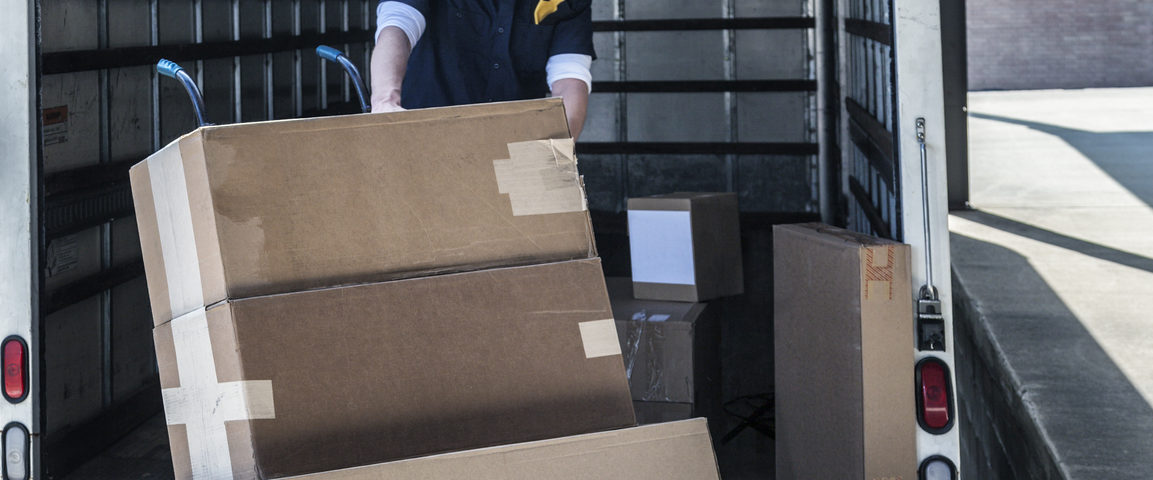
4 Reasons Why TMS Is Critical for Your Business
October 20, 2020
Top Shipping Tips from Logistics Shipping Experts
November 16, 20205 Ways to Reduce Freight Damage

Damage losses and claims increase your transportation costs. Whether the carrier causes it in transport, at a freight terminal, or by the recipient, the reality is that freight damage can impact your business operation. With proper packing and packaging, you can help prevent freight damage from happening.
Understanding the True Cost of Damaged Freight
While there are several issues that can cause damage to freight, what is not commonly thought of is the true cost of this issue. The damage done to the freight hits your supply and inventory. However, there are costs that can impact your business even more.
- Lost Business – Impressions can leave a lasting mark. While in most instances, they are understanding the first time, repeat incidents will not create a lasting relationship.
- Increased shrink levels – Shrink levels refers to the recorded inventory and the actual inventory. It is one of the leading culprits of controllable expenses that can affect manufacturers and retailers.
- Disruption of service – Replacing damaged freight can cause a disruption in production schedules and can trickle down to other customers depending upon your business.
It is not just the damage to freight that can cost a company lost revenue. Freight damage can impact your company even more than initially thought.
Packing Correctly
The best way to avoid damage to freight is to ensure it is properly packaged for the specific mode of transportation. It is about selecting the right package type and size for your freight. The wrong carton type can undermine your best efforts as well. Some corrugate is simply not meant for stacking.
Product packaging is the smallest cost segment in the supply chain, which is why it does not make sense to scrimp on packaging materials that may cost you significantly in the end.
Pallets
Pallets will not prevent damage if the content’s weight is not evenly distributed. Packages should be stacked as closely together as possible. You should avoid empty pockets from mismatched package shapes. Avoid product that hangs out over the edge of the pallet. When this happens, it reduces box strength by up to 32%. Poor pallet stacking will increase your freight damage.
Another tip about pallets is to check your pallets frequently for damage. Also, be sure to choose a pallet type that can handle the weight of your freight.
Labeling Makes A Difference
We often overlook labels as a part of preventing freight damage. However, labels help shippers make pallet-packing decisions during the shipping process. It is impossible to determine freights fragility and durability from the company name alone. The label should indicate the content’s ability to withstand added weight. Labels should be easy to identify and provide all the important details on its durability.
Shift from LTL to Truckload
An LTL shipment going across the continental U.S. may stop as many as six times at terminals. Every time a shipment is handled, it increases the chances of freight damage. Freight consolidation may be the option for small-volume shipments. PPLUS can advise you on all the options based on your freight and needs.
Reduce Freight Damage with a Clear Plan
The key is to put an action plan in place and execute it. Working with Performance Plus Global Logistics will help as they have 75 years of accumulated knowledge of shipping freight. They can help you find the best solution for all of your freight shipping needs.
